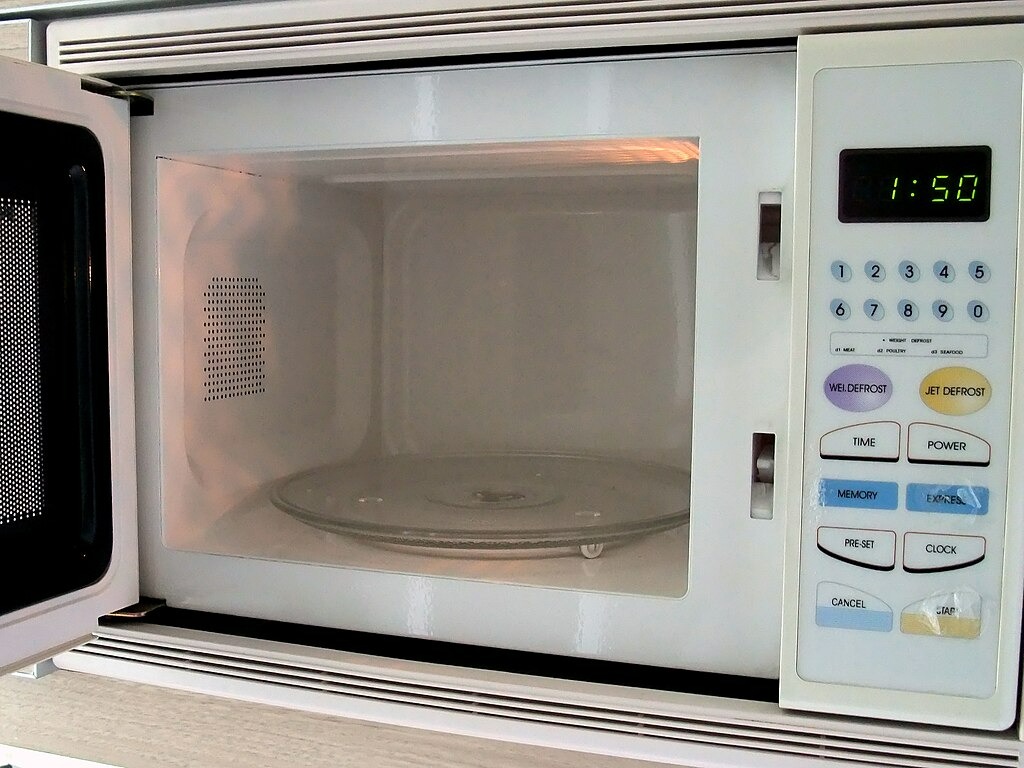Picture this: you’re settling into your seat, trusting the crew to get you safely to your destination. But here’s what you don’t see—the spaces where these professionals rest between flights tell a very different story about corporate priorities.
At American Airlines’ crew lounges across major hubs like Dallas Fort Worth and Los Angeles International Airport, exhausted flight attendants and pilots encounter scenes that would make a roadside motel manager apologize. The recent whistleblowing by fed-up employees has pulled back the curtain on conditions that read like a cautionary tale.
Broken furniture spills its padding like stuffing from a forgotten Thanksgiving turkey. Metal frames rust in corners. And perhaps most disturbingly, bed bugs crawl across surfaces where crew members are supposed to recharge between flights.
When Your Break Room Becomes a Biohazard
The stories emerging from these spaces paint a picture that transforms sanctuaries into health hazards. One crew member spotted a bed bug crawling across their colleague—a discovery that changes everything about what should be a restorative space.
Aviation insider @JonNYC shared this alarming reality on social media, sparking industry-wide conversations about employee welfare. These aren’t just aesthetic complaints we’re talking about here.
When bathrooms become so unusable that trained aviation professionals choose public airport restrooms over their designated facilities, something fundamental has broken down. The ceiling tiles tell their own story through water stains and neglect, while sinks rust quietly like forgotten promises.
Meanwhile, employees describe competitor airlines like Delta and United as maintaining crew lounges that function as actual “havens.” The contrast reveals more than just maintenance philosophies—it exposes how companies view the people who keep their operations airborne.
Why This Matters for Every Traveler
Here’s the connection most passengers miss: the conditions where airline employees rest directly impact the service they provide. When crew members start their shifts already demoralized by deplorable working conditions, that energy doesn’t magically transform at altitude.
The flight attendant who couldn’t find a clean place to rest during their layover might be the same person handling your safety demonstration or serving your meal. It’s a ripple effect that reaches every passenger. Recently, stories like 1954 flight attendant discriminative requirements have circulated, reminding us how far the industry still has to go in supporting its frontline staff.
American Airlines has acknowledged the complaints and promised renovations, but the damage to morale may take longer to repair than the broken furniture. Industry observers note this reflects broader cost-cutting measures that prioritize shareholder returns over employee welfare.
The aviation industry operates on trust. While initiatives such as American Airlines launches free Wi-Fi are widely promoted to attract and retain passengers, crew members still struggle with basic workplace dignity in their lounges. When that social contract breaks down in lounges filled with bed bugs and broken promises, everyone loses.
After all, when your office is 35,000 feet in the air, the break room should probably meet basic terrestrial standards.


















